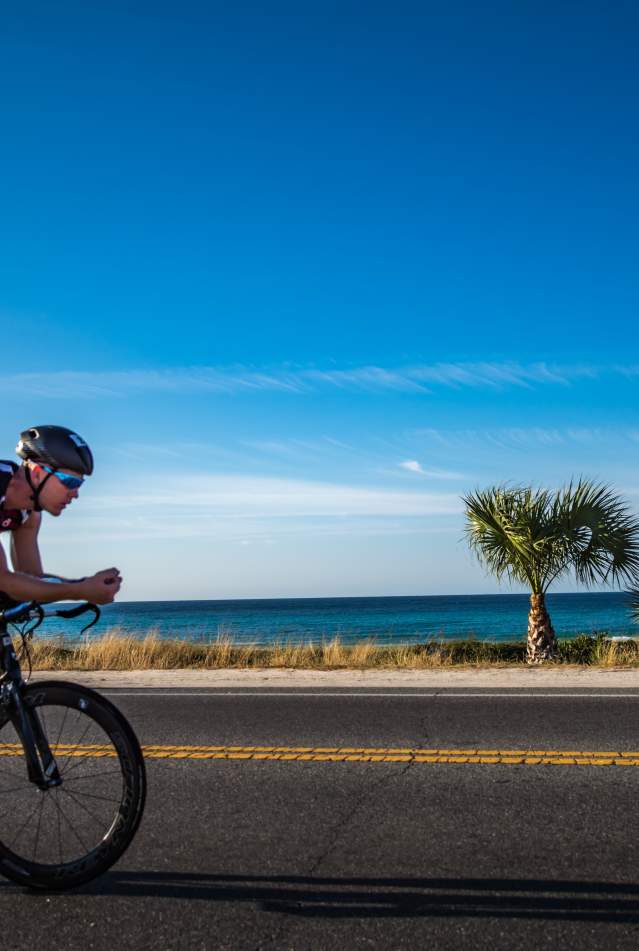Despite some unsettled weather, you will find the speckled trout more than willing to cooperate right now as they gorge themselves on shrimp and small fish. I like to work the edges of grass on the inside and outside of the flats as well as potholes, sandy sections of shoreline and any other features or abnormalities that draw my attention. The best bite has been on a falling tide when fish tend to congregate in slightly deeper water or in choke points where water is running out of ditches and marsh fingers. Early in the morning, topwater baits and plugs work great but a soft plastic shrimp has been one of the most effective presentations.
The redfish bite has been really good on the flats as well as in areas with deeper water and a good amount of current. The bite on the flats has been better near the top of the tide when water levels are higher and the fish can get right up along the hill. I have been catching good numbers of fish laid up in the reeds, in sandy areas along the shoreline and just outside areas where water flows into the bay – bayous, creeks, ditches, little marsh fingers or areas where rain flows into the bay. The fish in deeper water have been consistently laid up in deeper pockets of water on the down current side of a point, just on the edge of the swift water. Docks, bridges, the St. Andrew Pass and several other areas with deep water and structure have also been holding redfish. Topwaters, jigs, shrimp and spoons all do a good job of getting them to eat.
Mangrove snapper have made their way onto shallow structures throughout the bay in water ranging from just a few feet up to about 40 feet or so. You will find them in deeper water in the bay where vertical structures such as seawalls, docks, and bridges go all the way up near the surface. I like to fish them in shallower water (less than about 10 feet) where I can position myself up current and chum them to the boat. Once they start swimming around the boat, simply flatline a bait back to them with the current and they should respond to you fairly quickly. Try leaving the bail open and keep feeding them line until they bite, then close the bail and reel them in.
There is still a heavy presence of Spanish mackerel as well as other fast swimming aggressive fish such as bluefish and jacks. These fish are a lot of fun for new anglers and offer plenty of fighting power and easy hookups. Easy-to-use topwaters and fast moving, shiny baits with vibration are sure to get you attached to something toothy.
As always, if you have questions about what’s biting, how to catch them or want to book a trip, give me a call or shoot me an email. Tight lines!



